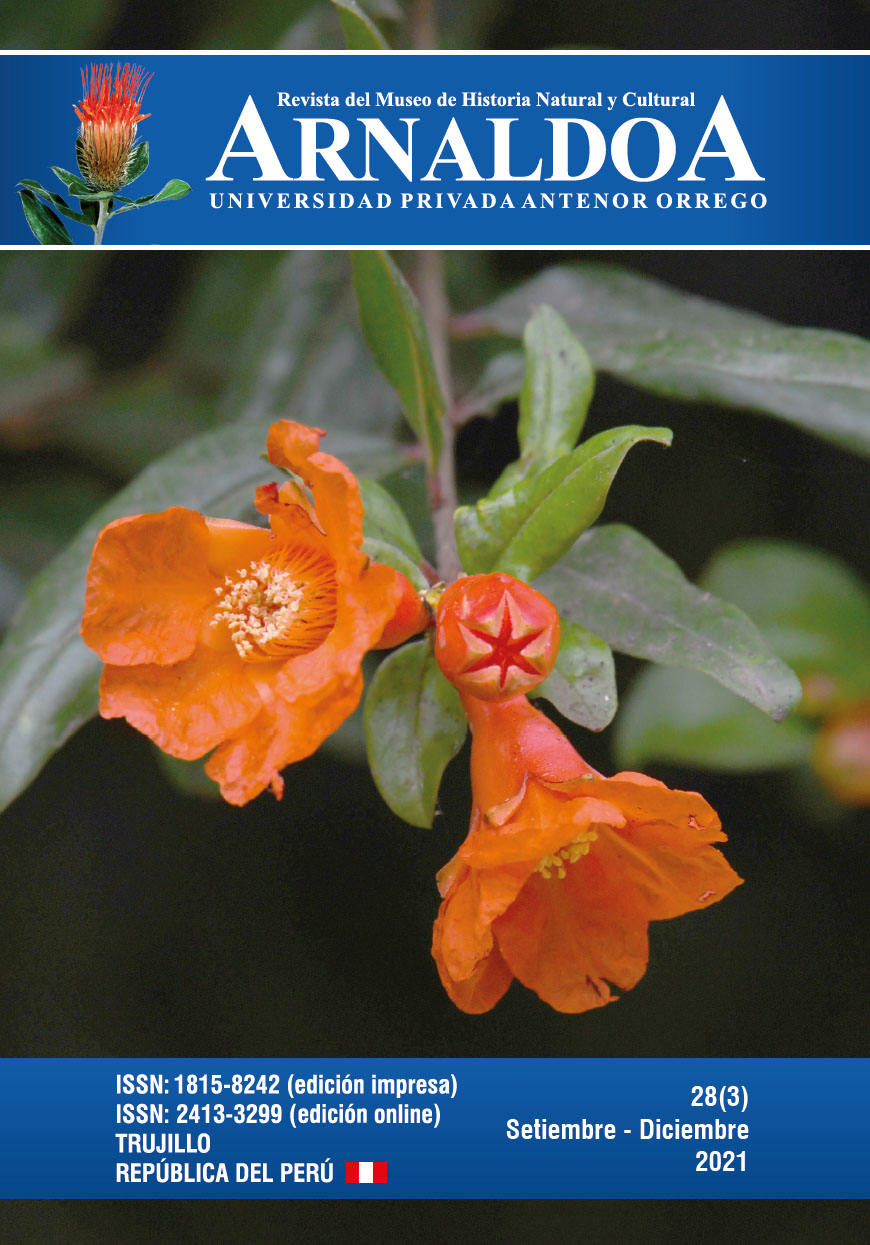In silico, structural and functional analysisof ace2 protein in different vertebratesand its relationship to SARS-COV-2
DOI:
https://doi.org/10.22497/arnaldoa.311.31108Keywords:
coronavirus, receptor, homology modeling, domains, alpha helix, hostsAbstract
At the end of 2019, a new infectious respiratory condition located in Hubei Wuhan-China province
caused by SARS-CoV-2 virus was manifested. Moreover, angiotensin-converting enzyme 2 (ACE2)
was quickly identified as the critical functional receptor for SARS-CoV-2. The study of the ACE2
protein allows us to determine the possible reservoirs that coronaviruses such as SARS-CoV,
SARS-CoV-2 and others could have in nature. The present research aims to analyze structurally
and functionally the ACE2 protein in different classes of vertebrates. For this purpose, a total of 35
amino acid sequences were recovered and a preliminary analysis was performed with ProtParam,
SMART, InterPro and CATHdb. The secondary structure of the proteins of 10 selected species was
predicted using the PSIPRED tool. Subsequently, tertiary structure was modeled with MODELLER
10.4 and validation was performed using Procheck. Refinement was performed using ModRefiner
and GalaxyRefine tools, for structural alignment CLICK was used. It was observed that the
physicochemical properties, domains and functions of the different vertebrate classes are very
similar. Similarly, it can be observed that the secondary structure found with the highest prevalence
in the proteins was the alpha helix. Finally, there is a high conservation in the three-dimensional
structure when compared with that of Homo sapiens. This evolutionary conservation denotes
its importance for living beings and indicates the potential susceptibility of different species to
coronaviruses through the same ACE2 receptor.
Downloads
Downloads
Published
Issue
Section
License
Copyright (c) 2025 Juan J. Pedro Huaman, Loana Moya Chávez

This work is licensed under a Creative Commons Attribution 4.0 International License.
By submitting a paper to the journal, it is understood that the authors agree to transfer the publication rights to the journal once it is accepted.
It is permitted to share and adapt the contents of this journal in any medium or format always if the original source is properly cited and there are not commercial purposes.







